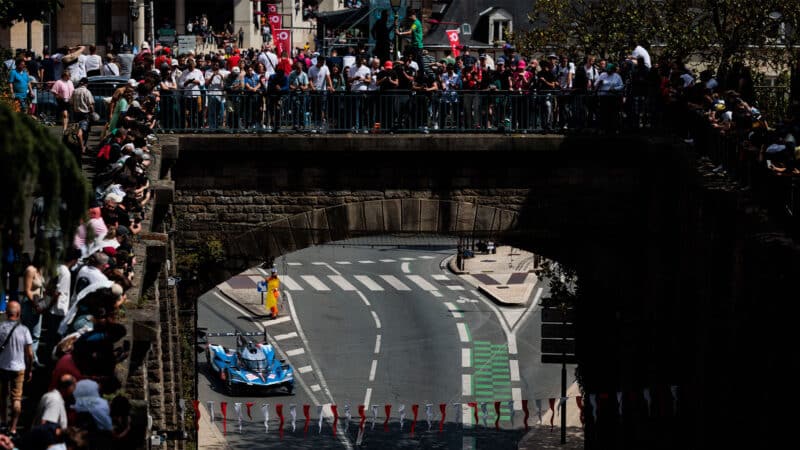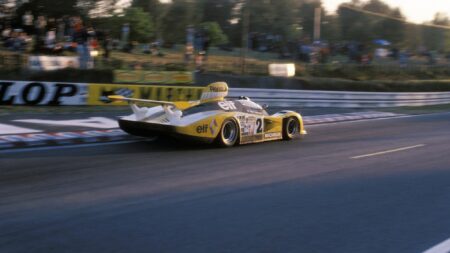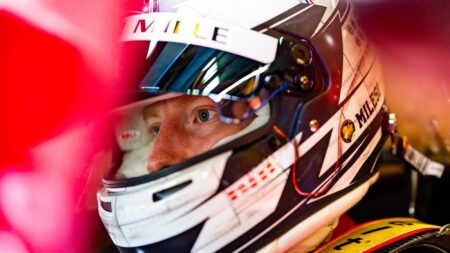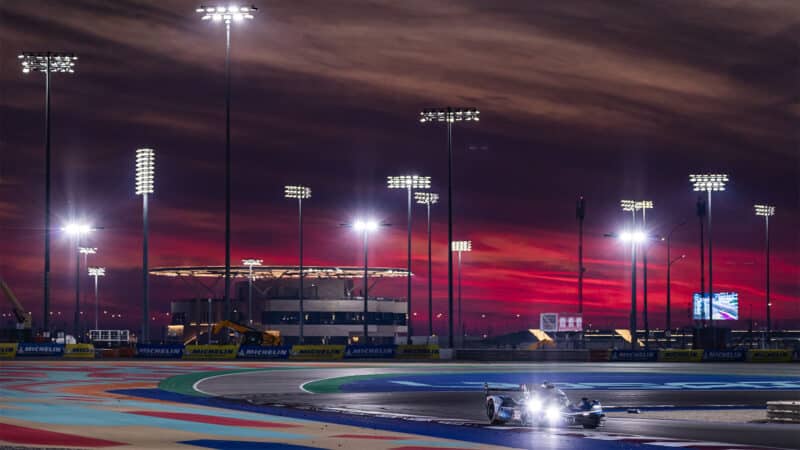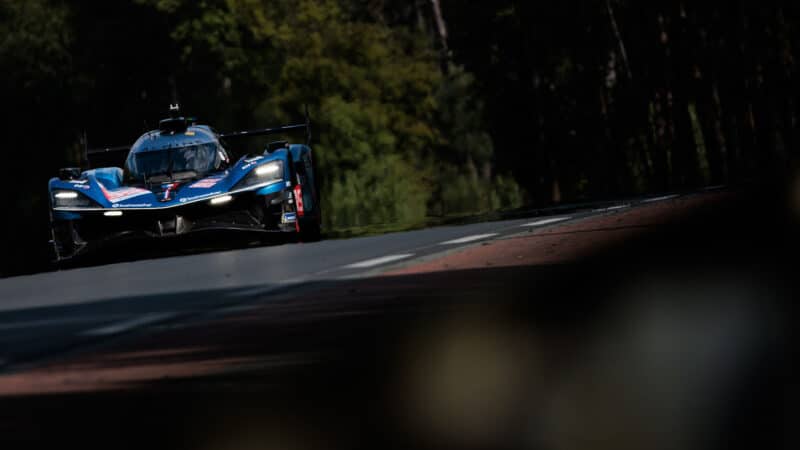It’s some contrast to Renault-Alpine’s previous full-blooded top class entrance, when the pace-setting A442 led the 1977 Le Mans 1-2-3 before each dropping out with reliability issues, before the triumphant ’78 race.
While others have entered WEC amidst much drama and reliability issues, the Alpine has been solid, with one of its crews – the No35 of Charles Milesi and Paul-Loup Chatin – knocking on the door of the top 10 in the standings.
The car was seventh on debut in Qatar and then bagged more points in Spa too. Ferdinand Habsburg was part of the No35 for that Losail bow before he fell victim to the car’s only major reliability issue shown so far, a brake failure while testing at Aragon.
Suffering broken vertebrae, the Austrian was replaced for the Italian and Belgian rounds by GT veteran Jules Gounon, who helped the team secure ninth place in the latter. Habsburg returns for Le Mans.
The No36 machine, featuring a bit of grand prix stardust in the form of Mick Schumacher and serious sports car credentials from Nicholas Lapierre plus Matthieu Vaxivière, has shown top-ten speed on occasion but just hasn’t put it all together for a race.
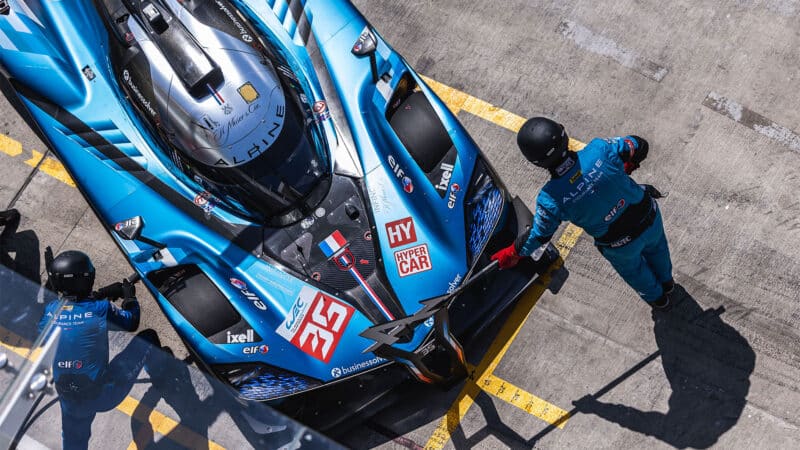
Well-oiled Signatech crew has huge Le Mans experience
Alpine
The promising pace so far has been helped by the fact that the team – while branded Alpine – is run by the well-oiled Signatech, a squad with three LMP2 Le Mans class wins to it’s name: it’s serious sports car pedigree.
“It’s a bit early to rate the project, but the start is not bad, not bad at all because we have not had any reliability problem during the races,” says Famin.
“This does not mean we are fully okay on that side, we still have a lot to work on especially for the 24 hours.
“But the team is learning quite fast, it looks like the car is quite good, though we still need to learn more about how to extract the performance from the car especially.”

Driver line-up has acquitted itself well so far in 2024
Alpine
When asked what the trickiest aspect of taking on Le Mans this year will be, Famin points to a familiar theme heard amongst competitors.
“Especially, starting with the cold tyres is very specific now,” he emphasises.


